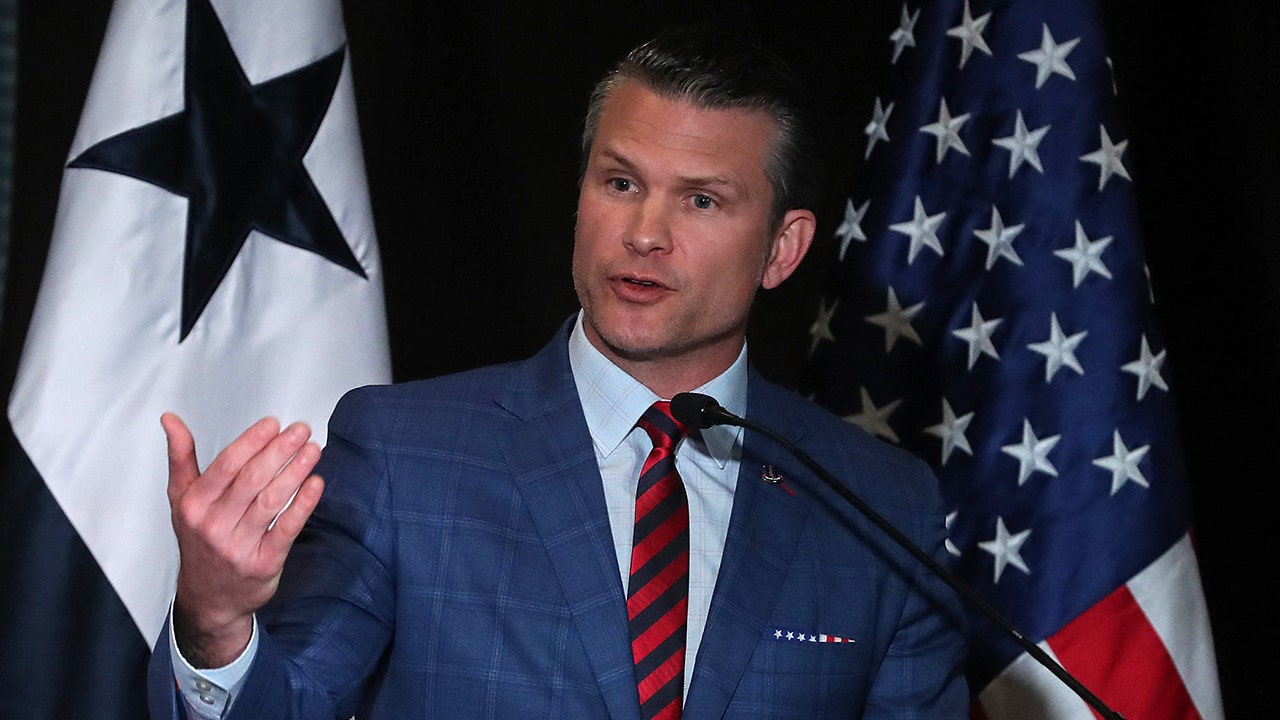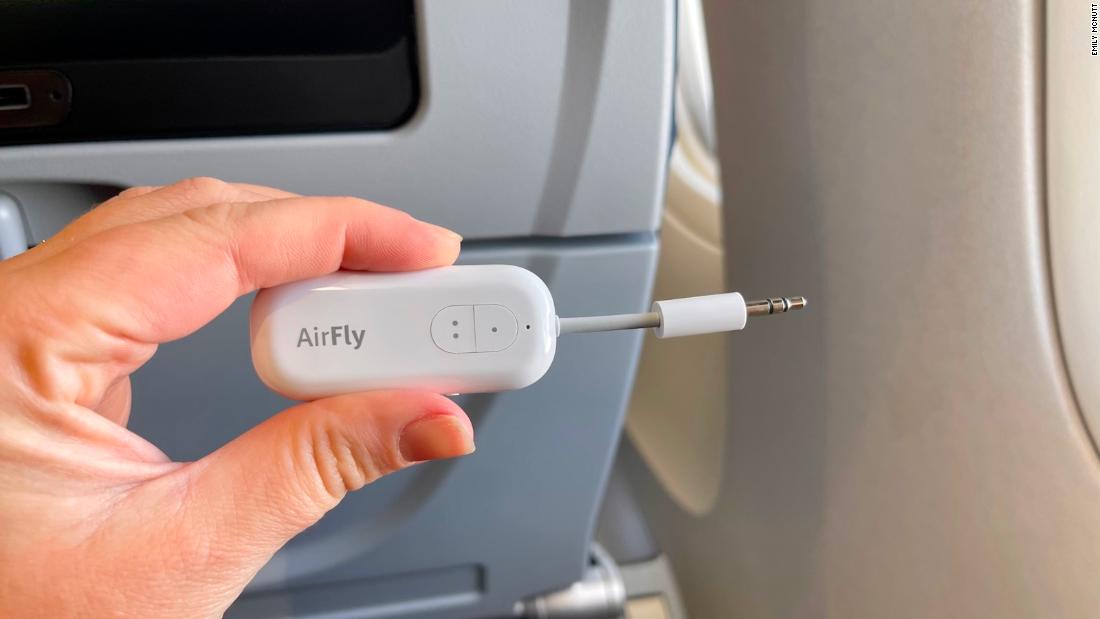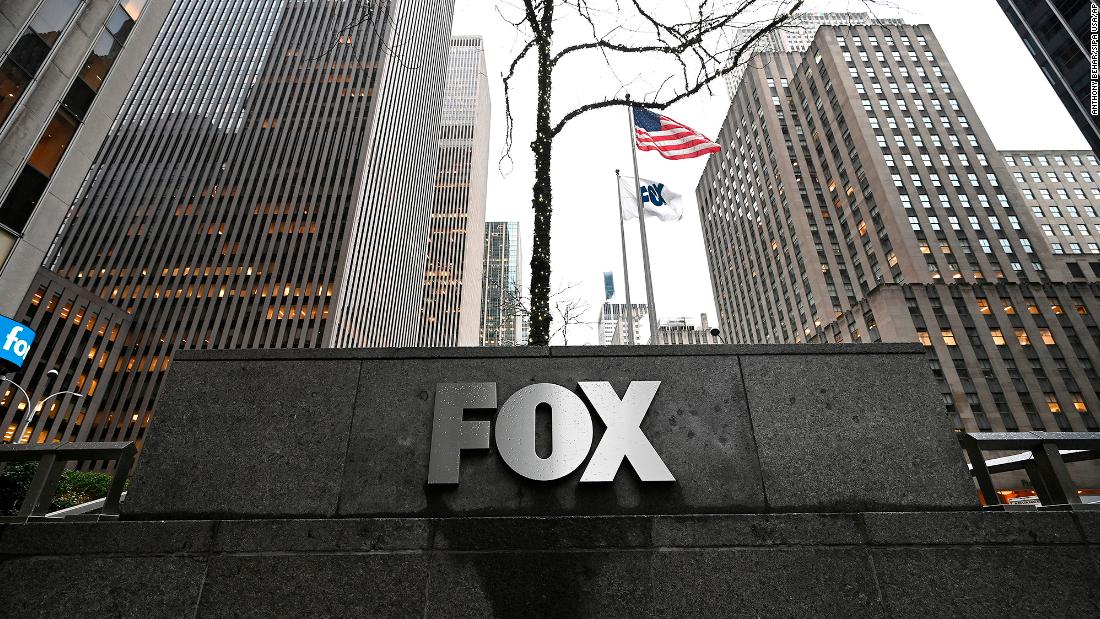ARTICLE AD BOX
President Trump’s “reciprocal” tariffs are based on trade deficits rather than the tariffs other countries impose on U.S. goods.
By conflating these different measures, Mr. Trump has sown chaos across global markets and forced nations to renegotiate trade relations with the U.S.
It also has roiled some Trump supporters who have turned against the president and one another, though his die-hard backers trust his ambitious plan to boost U.S. manufacturing and reorganize the world economy.
The U.S. is now levying much higher tariffs against some countries than the tariffs they impose on U.S. goods. For example, the U.S. will now charge Japan a 24% tariff for its exports to the U.S., but Japan charges an average weighted tariff of 2.7%, according to data from the World Trade Organization.
South Africa has been slapped with a 30% tariff, but its average weighted tariff is 6.3%. The European Union, which will be hit with a 20% U.S. tariff, charges an average weighted tariff of 3%.
EU officials say they are considering retaliating by putting high tariffs on selected U.S. products rather than across-the-board increases.
SEE ALSO: Trump threatens 100%-plus tariffs on China as trade battles intensify
“I was very surprised that the White House based its tariff formulas on bilateral trade balances. Bilateral trade deficits aren’t inherently problematic. It’s almost impossible to achieve balanced trade between countries, and it’s not necessarily desirable,” said Clark Packard, a senior fellow in trade policy at the libertarian Cato Institute.
The White House has defended its calculations by saying it uses trade deficit and import figures.
“The calculator assumes that persistent trade deficits are due to a combination of tariff and non-tariff factors that prevent trade from balancing. Tariffs work through direct reduction of imports,” the White House said in a statement.
Mr. Trump’s tariff formula is based on relatively simple math. It divides the trade deficit between each country and the U.S. by the value of its imports. That number is then divided in half for the final tariff percentage.
Economists said the same formula cannot be applied to all nations because some have strong trade barriers while others have open markets. It also includes only physical goods that can be shipped abroad; thus, services including tourism, banking and technology such as Netflix or iTunes accounts are excluded.
That’s good news for countries that export few goods but plenty of financial services to the U.S. For example, Bermuda would pay a 10% tariff, but if services were accounted for, that would soar to 37% using Mr. Trump’s tariff calculation.
SEE ALSO: Down, up and down again: Wall Street sees tumultuous third day of trading over tariff plan
Meanwhile, the U.S. imports more goods from the European Union than it sends, but it exports more services than it buys. Under Mr. Trump’s formula, the tariffs would shrink by half.
The deficit-based tariff calculation has caused cracks in Mr. Trump’s support.
Bill Ackman, CEO of the investment trust Pershing Square and a prominent backer of Mr. Trump, was highly critical of the decision to base the tariff formula on the trade deficit instead of simply matching other nations’ tariffs.
“By placing massive and disproportionate tariffs on our friends and our enemies alike and thereby launching a global economic war against the whole world at once, we are in the process of destroying confidence in our country as a trading partner, a place to do business and as a market to invest capital,” he wrote on social media.
It has also caused some administration members to turn on one another. Technology billionaire and Trump adviser Elon Musk criticized White House trade adviser Peter Navarro on X, saying of him, “A PhD in Econ from Harvard is a bad thing, not a good thing. Results in the ego/brains>> 1 problem.”
During a Fox News interview Sunday, Mr. Navarro said Mr. Musk “doesn’t understand” tariffs.
“And the thing that’s, I think, important about Elon to understand, he sells cars. That’s what he does,” said Mr. Navarro, adding that Mr. Musk was protecting business interests by opposing tariffs.
Some economists have pointed to Vietnam as an early test case for Mr. Trump’s tariff plan. Vietnam, slapped with a 46% tariff, has an average weighted tariff of 5.1%.
In response to the U.S. tariffs, Vietnam offered to cut its tariffs on U.S. imports to zero, Mr. Trump said.
Basing the tariff rate on a trade deficit rather than a tariff rate has caused confusion, even within the White House.
In announcing the tariffs last week at the White House, Mr. Trump suggested that the tariff rates were one-for-one based on the rates the country was charging the U.S. He said India has been charging a 52% tariff on U.S. goods for “years and years and decades.”
That doesn’t match World Trade Organization data, which found that India’s average weighted tariff on imports last year was 7.7%.
Countries that have free trade agreements with the U.S. were hit with tariffs. South Korea charges nothing for most U.S. goods but has been slapped with a 25% tariff. Chile and other countries in Central America were hit with 10% tariffs.
“We recognize that this administration places significant emphasis on bilateral goods trade deficits, however, a bilateral goods trade deficit does not necessarily indicate an unfair or non-reciprocal trade relationship. A goods trade deficit simply indicates that the United States bought more goods from a trade partner than we sold them,” the National Foreign Trade Council wrote to the U.S. Trade Representative last month.
That’s because the U.S. is a large and wealthy country that drives consumption worldwide. The U.S. would have to reduce its consumption patterns to reduce its trade deficit with other countries.
India and China have relatively large populations but not the wealth of the U.S.
“Given the massive disparities of size, income and spending levels, it is no surprise that the United States consumes more than these countries do. This consumption fueled by U.S. businesses and consumers drives economic growth in the United States,” the NFTC wrote.

 1 week ago
7
1 week ago
7








 English (US) ·
English (US) ·